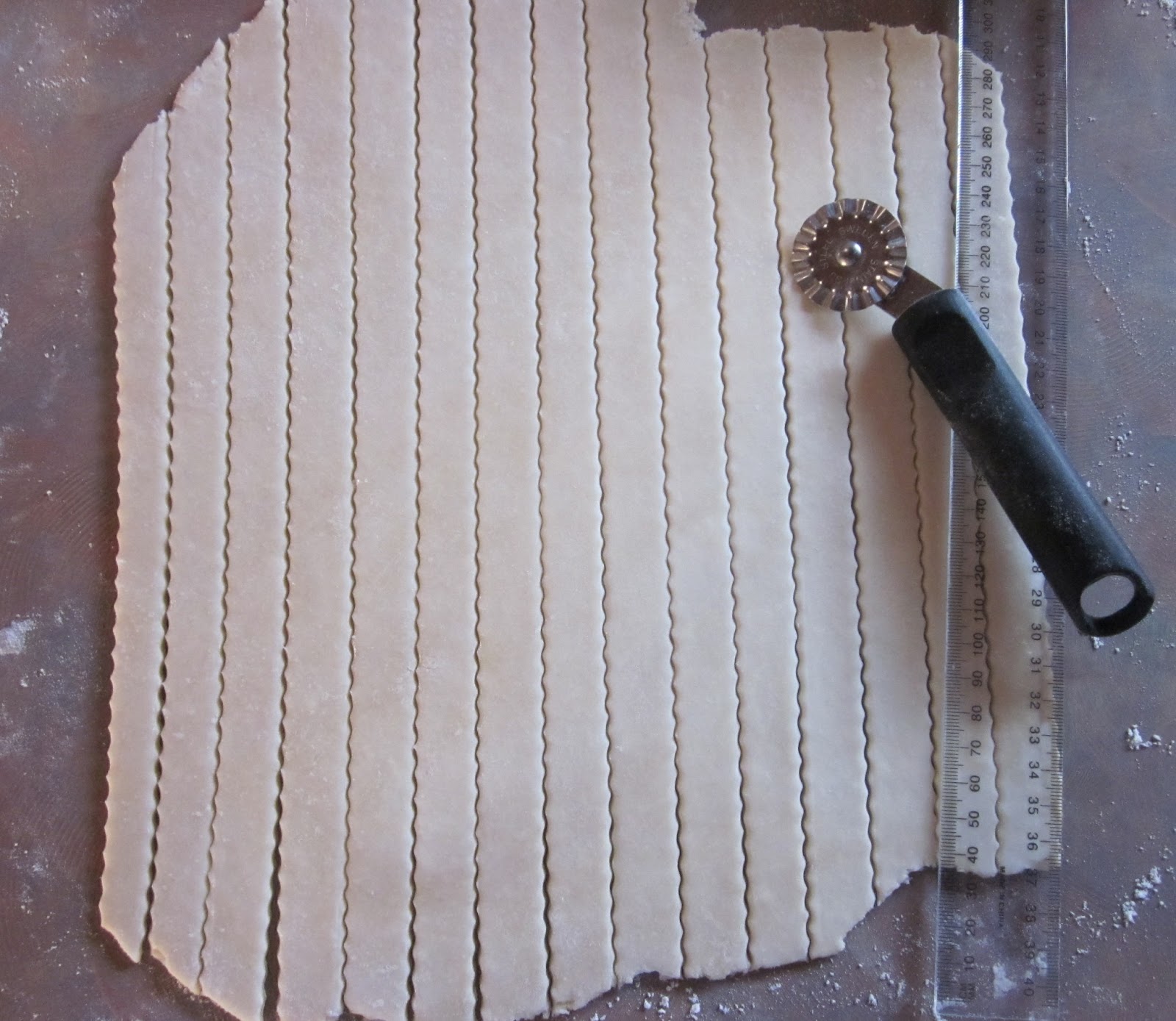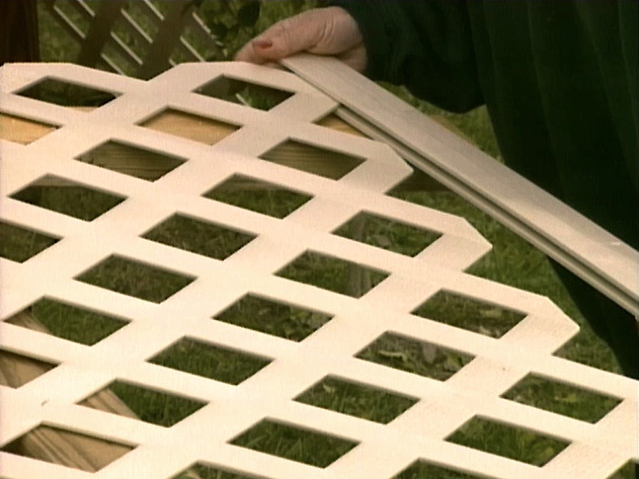
Generally, square or diamond-shaped openings are between 1-1/2 and 2 inches in size. The size of the individual squares, or “openings” in the lattice, will also depend on the lattice material and the manufacturer. Vinyl lattice sheets are usually 4 ft x 8 ft as well, although they are often sold in rolls and can be custom cut to different lengths. Wooden lattice sheets are typically 4 ft x 8 ft, although other sizes are available. After replacing lattice work you may wish to seal the entire deck, lattice included, with a water-repellent stain or coating.A standard piece of lattice can vary in size depending on the type of lattice used and the intended purpose for the lattice. Check deck railings, joints and foundation posts for moisture build-up and damage from insects, rot and mildew. Warping and damage to lattice can be an indication of other structural problems.

Cement pavers and brick lattice work do not allow for this easy access. When the panels and frames are attached to the under-deck they can be swung open along the hinge, allowing for easy access to storage areas below the deck. Lattice frames for wood, metal and plastic lattice can be fitted with hinges. Some homeowners use their below-deck area for storage.

One drawback to these permanent lattices is the inability to move them. Wooden decks and lattice can provide fodder to wildfires but cement pavers and brick will not burn and can even provide a small firebreak. They are also beneficial in areas prone to drought and wildfire. Cement pavers and brick lattice are more time-consuming and require a greater installation expense but they are long-lasting and able to withstand snow drifts and high winds. In these situations underground barriers of metal or plastic help protect lattice work and under-deck areas.Ĭement pavers or brick provide a more permanent alternative to wood, metal and plastic lattice. Animals, like raccoons, squirrels and pets, can gnaw through non-organic lattice or dig underneath the lattice barrier. Non-corrosive chain link or heavy-duty plastic will not exhibit the rapid, moisture-caused degradation responsible for wood lattice damage but, these rot-resistant materials are still susceptible to warping and animal damage. For decks without frames, remove the damaged lattice with a hammer or pry bar and nail the new lattice into place. Nail replacement lattice into the empty frame. Replace this lattice by removing it from the lattice frame with a pry bar. Moisture, through snow, rain or ground moisture, easily damages wood lattice. The snow not only warps the lattice structure but also introduces moisture. Heavy snow can drift and press against lattice under-decking. Lattice is purchased from home improvement stores.

Extremely damaged lattice can be completely replaced with a different and more durable material. Lattice repair requires the purchase of lattice material similar to the type that is already in place. Other decks do not require a frame, instead the lattice is nailed directly along the bottom lip of the deck. Wood, plastic or metal lattice work is placed within a frame that is then affixed to the bottom edge of a deck. Depending upon the deck's style and age, the material used can be untreated pine or fir, pretreated lumber, non-corrosive chain link or outdoor quality plastic. Lattice materials include wood, plastic and metal.


 0 kommentar(er)
0 kommentar(er)
